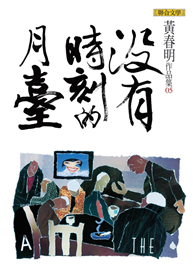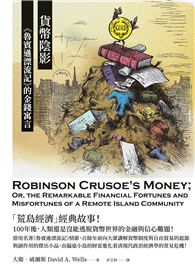In Doom Patterns, Maia Gil’Adí takes up speculative fiction as a site for theorizing Latinx identity across national and ethnic borders and shows the vital role of historical trauma in its formation. Her analysis moves beyond reparative modes of reading to consider how literary representations of violence, destruction, and pain also elicit pleasurable affective and aesthetic experiences. Gil’Adí theorizes the paradox of pleasurable violence through the notion of doom patterns--narrative devices that include thematic repetition, nonlinear narration, character fragmentation, and unresolved plots. Doom patterns return the reader to instances of historical violence and destruction, revealing them as excessive and otherworldly processes that require the tropes of speculative fiction. Examining novels by established Latinx authors such as Junot Díaz and Cristina García as well as multiethnic writers such as Colson Whitehead and Sesshu Foster, Gil’Adí challenges definitions of what constitutes Latinx literature and notions of the speculative by dismantling generic boundaries and entrenched definitions of race, ethnicity, and nationhood. In so doing, she allows for a more capacious consideration of the speculative, realism, history, and the role of violence in literature.
| FindBook |
有 1 項符合
Doom Patterns: Latinx Speculations and the Aesthetics of Violence的圖書 |
 |
Doom Patterns: Latinx Speculations and the Aesthetics of Violence 作者:Gil’adí 出版社:Duke University Press 出版日期:2025-01-07 語言:英文 規格:平裝 / 288頁 / 普通級/ 初版 |
| 圖書館借閱 |
| 國家圖書館 | 全國圖書書目資訊網 | 國立公共資訊圖書館 | 電子書服務平台 | MetaCat 跨館整合查詢 |
| 臺北市立圖書館 | 新北市立圖書館 | 基隆市公共圖書館 | 桃園市立圖書館 | 新竹縣公共圖書館 |
| 苗栗縣立圖書館 | 臺中市立圖書館 | 彰化縣公共圖書館 | 南投縣文化局 | 雲林縣公共圖書館 |
| 嘉義縣圖書館 | 臺南市立圖書館 | 高雄市立圖書館 | 屏東縣公共圖書館 | 宜蘭縣公共圖書館 |
| 花蓮縣文化局 | 臺東縣文化處 |
|
|
圖書介紹 - 資料來源:博客來 評分:
圖書名稱:Doom Patterns: Latinx Speculations and the Aesthetics of Violence
|











